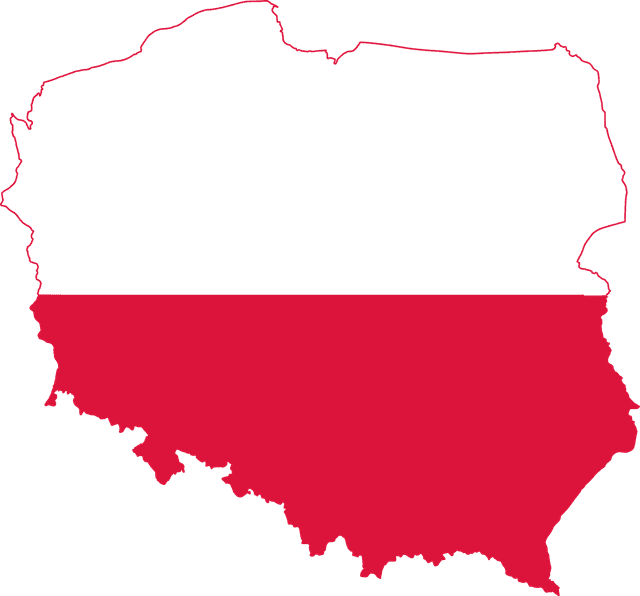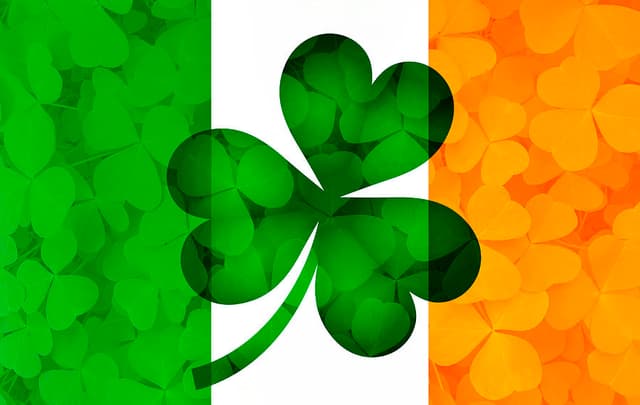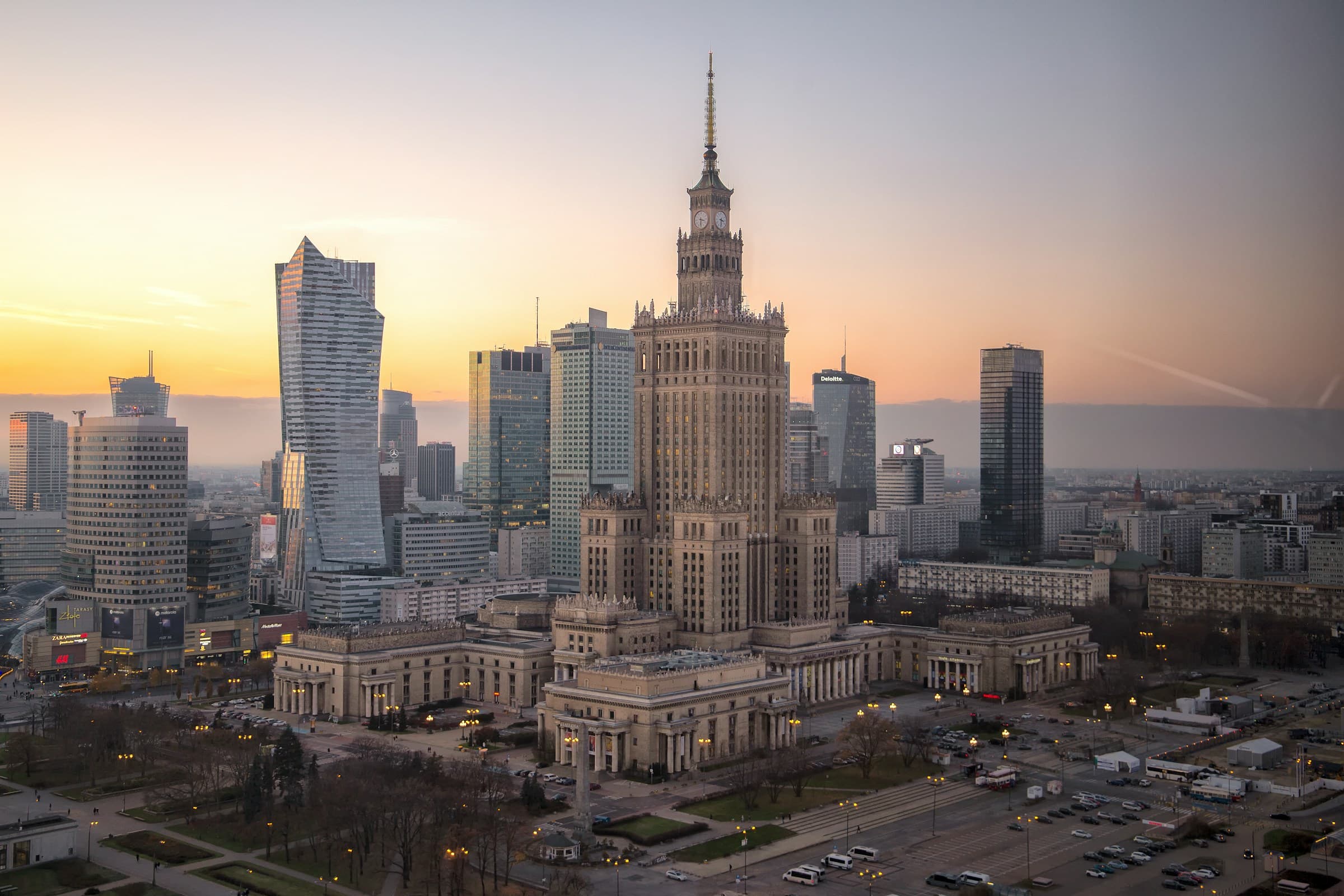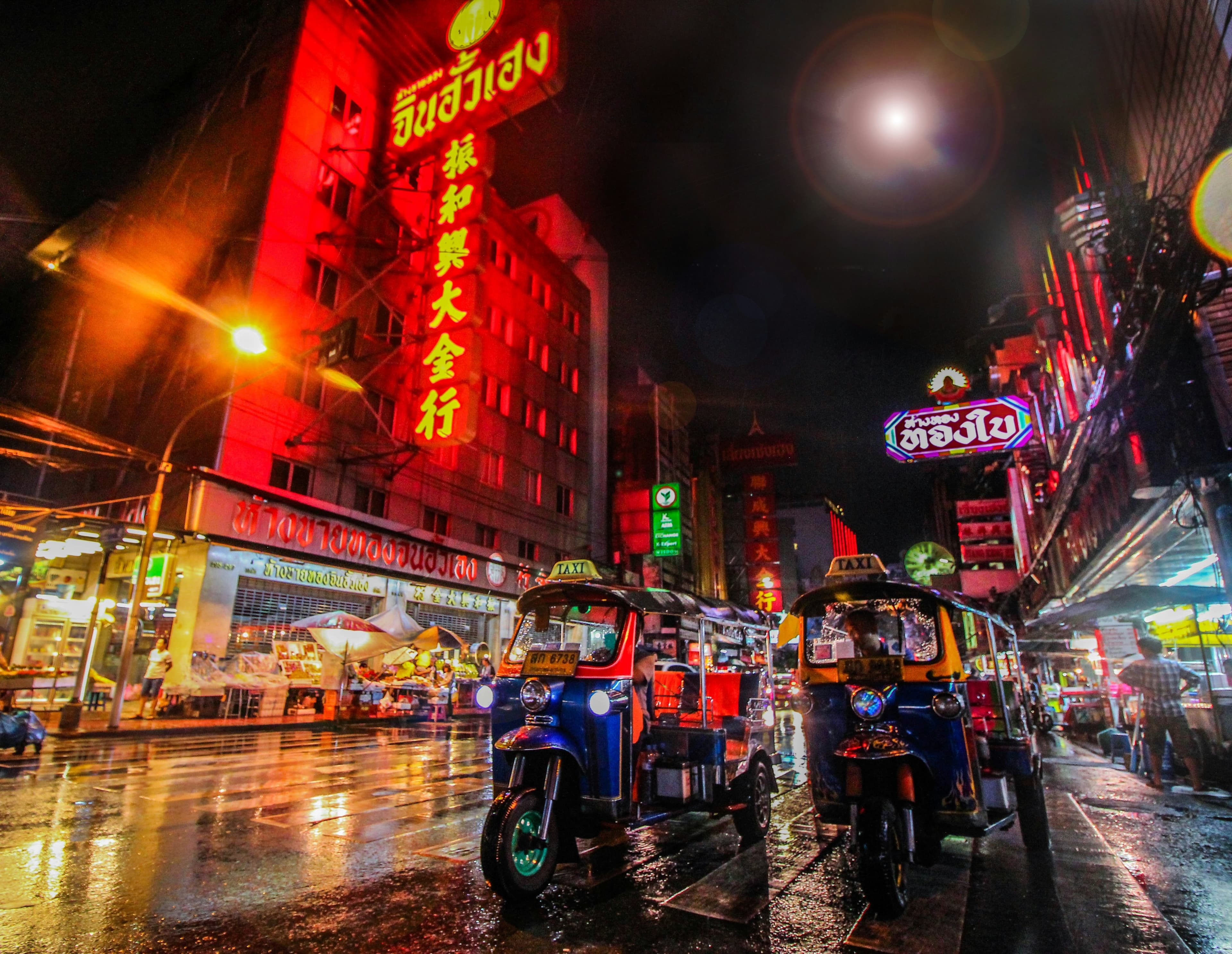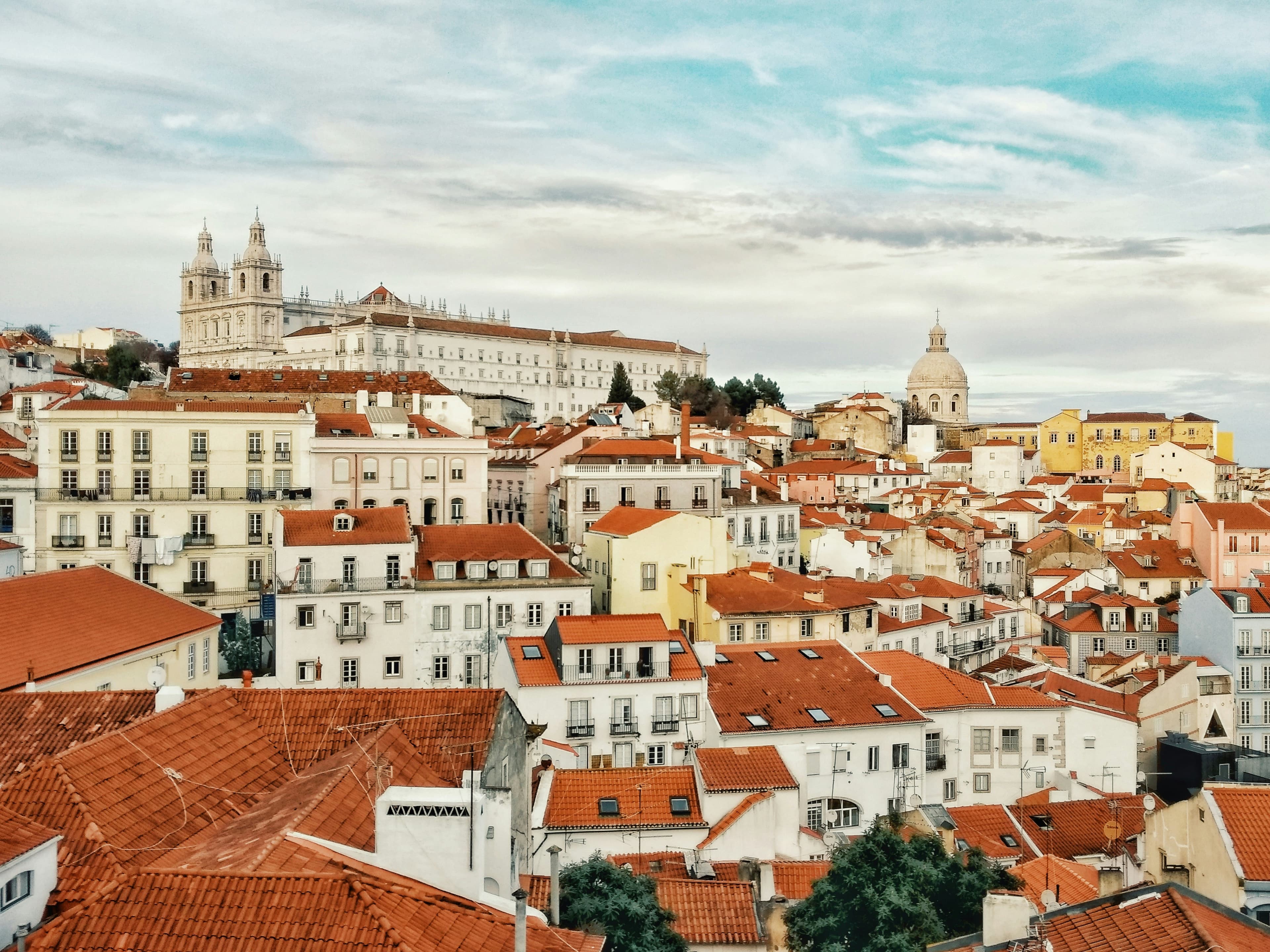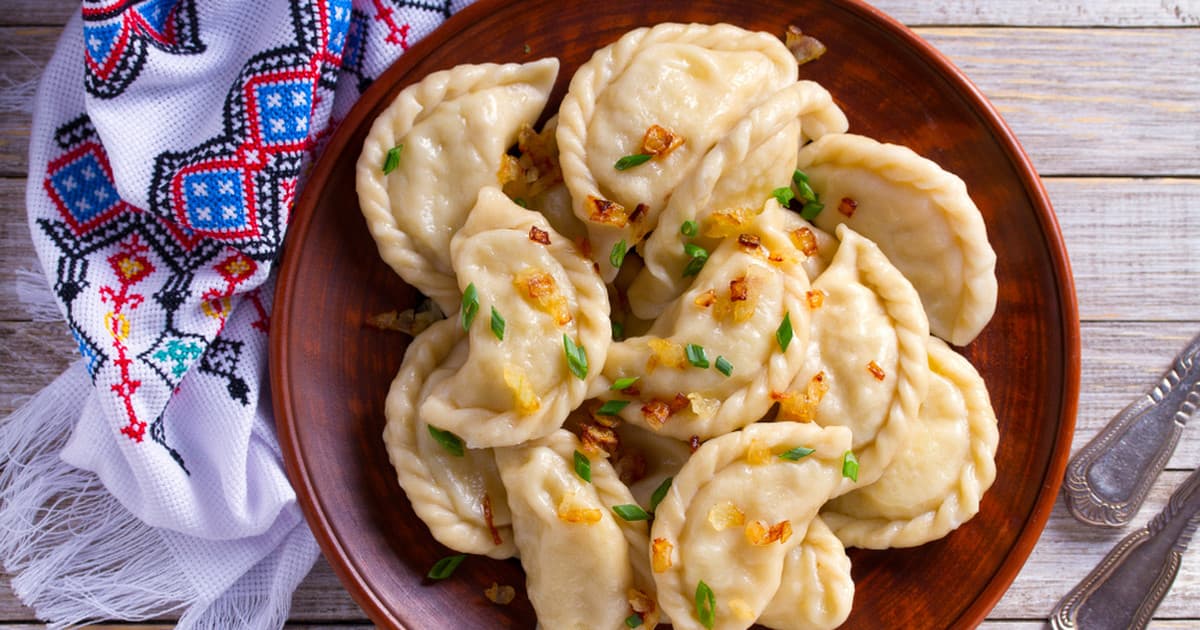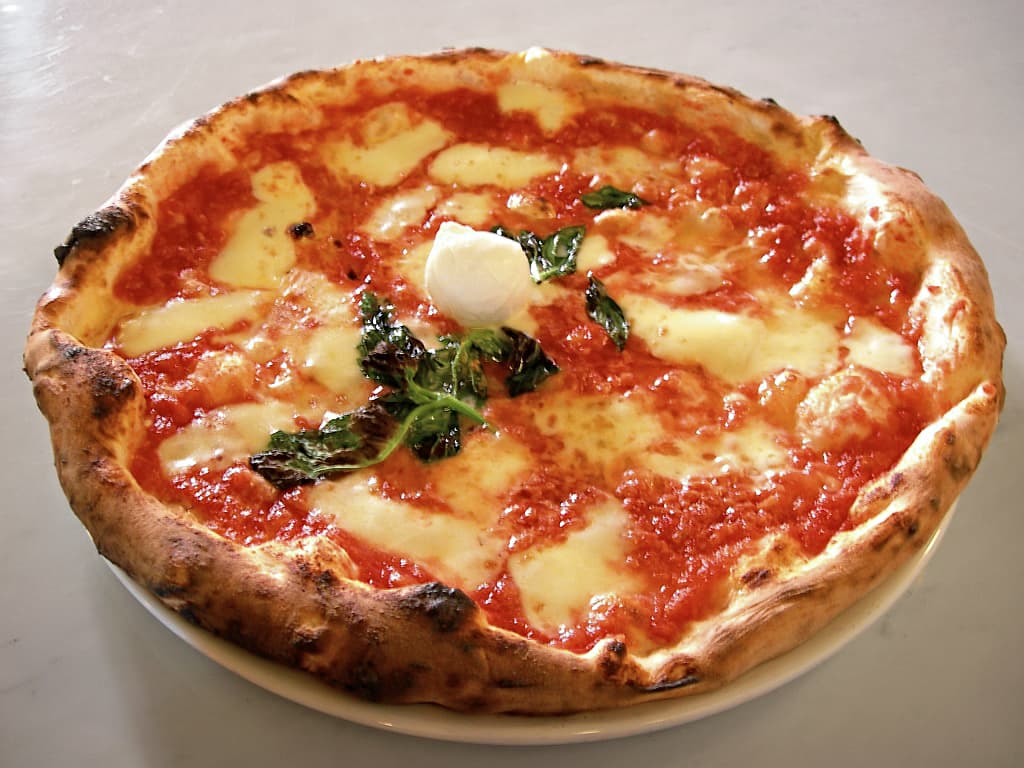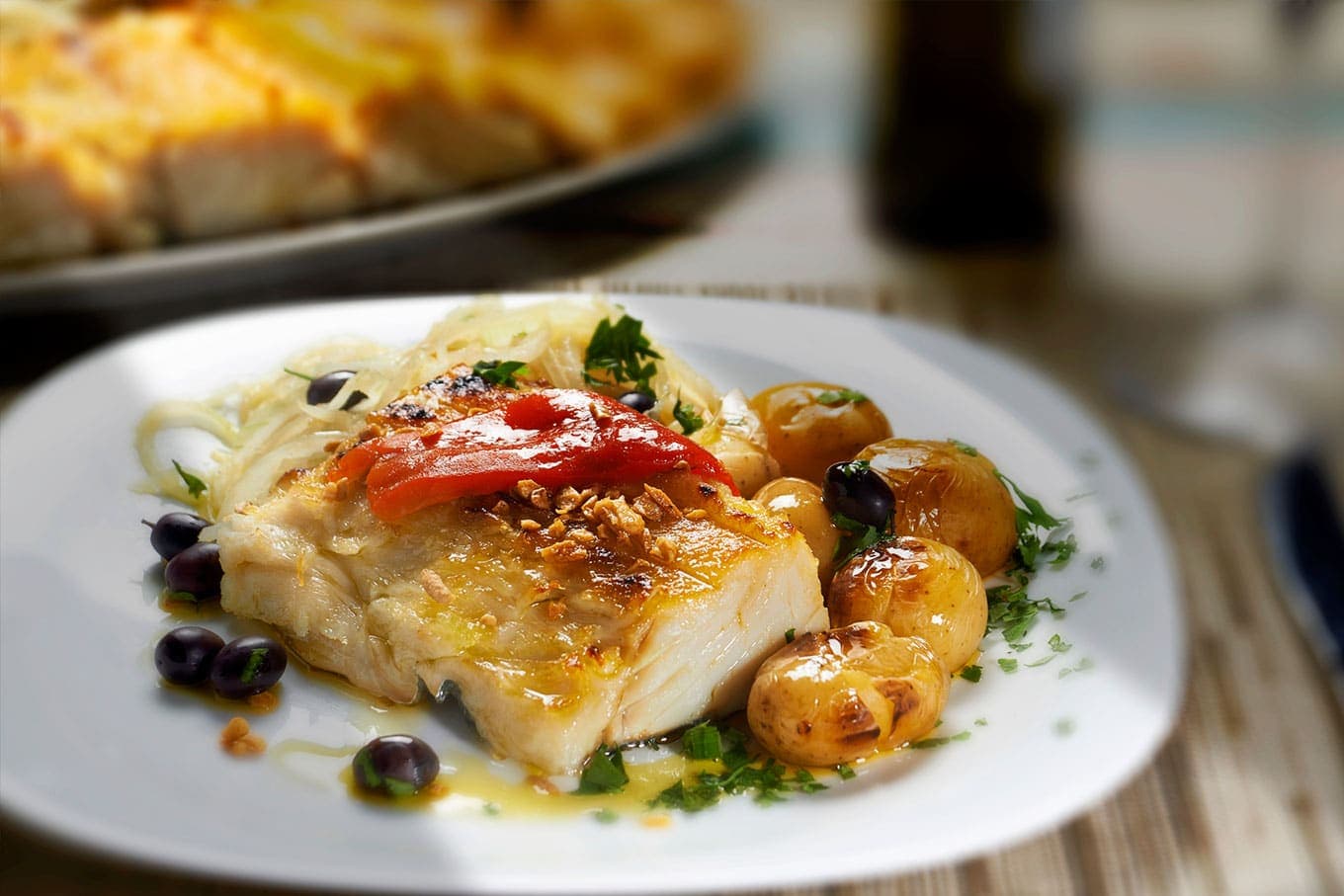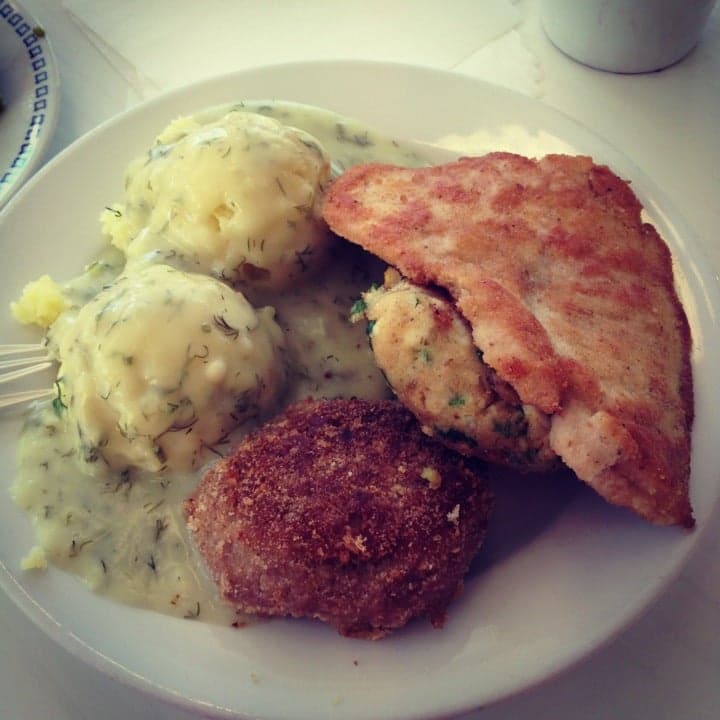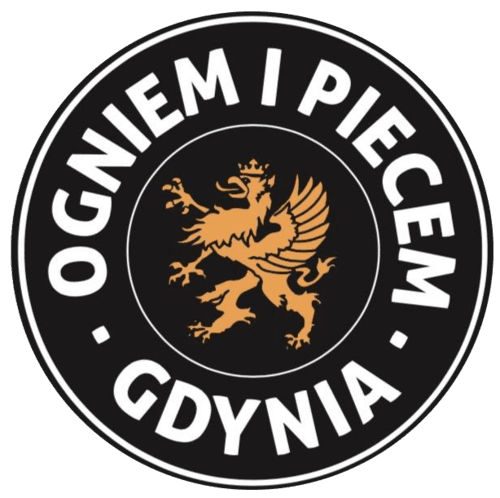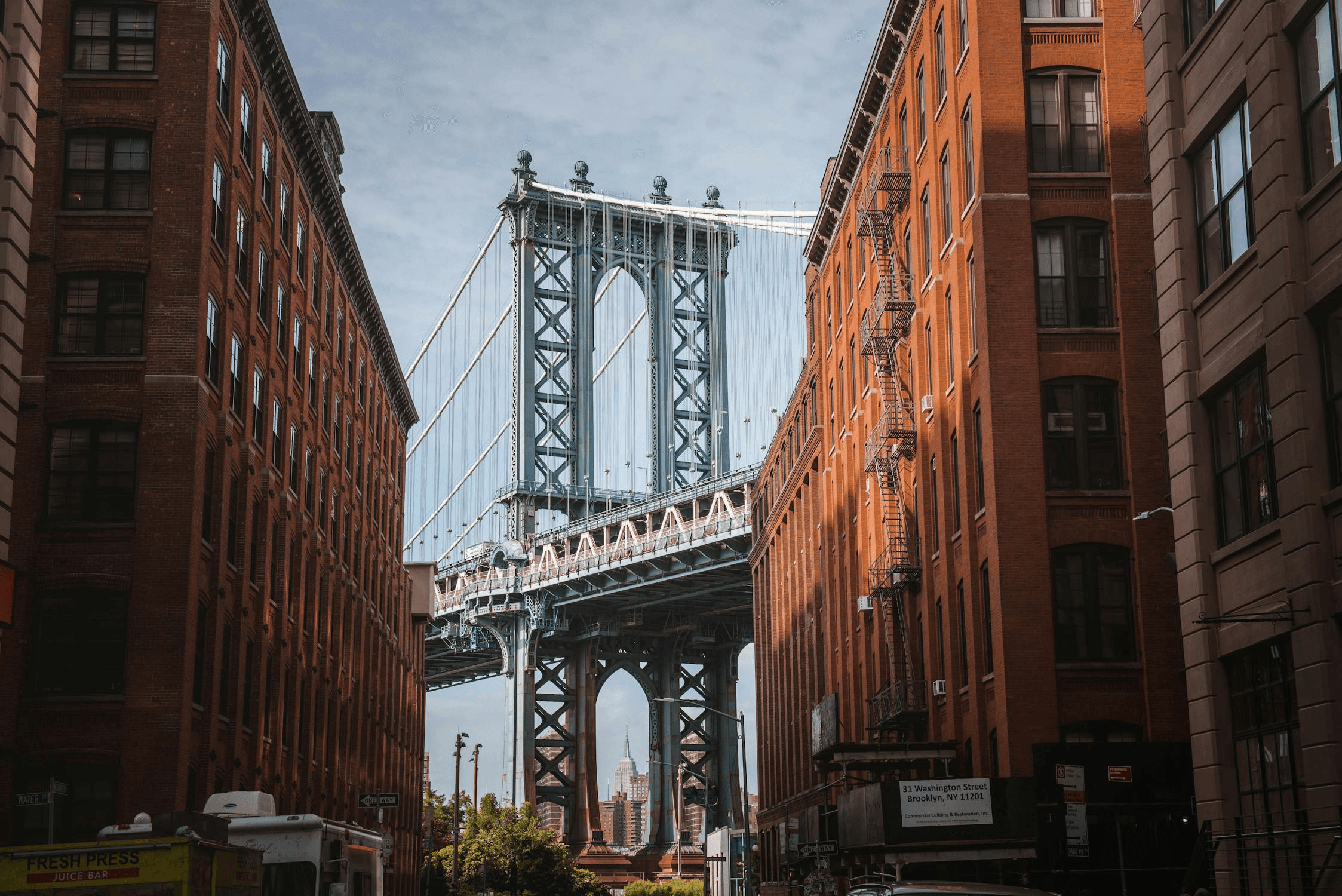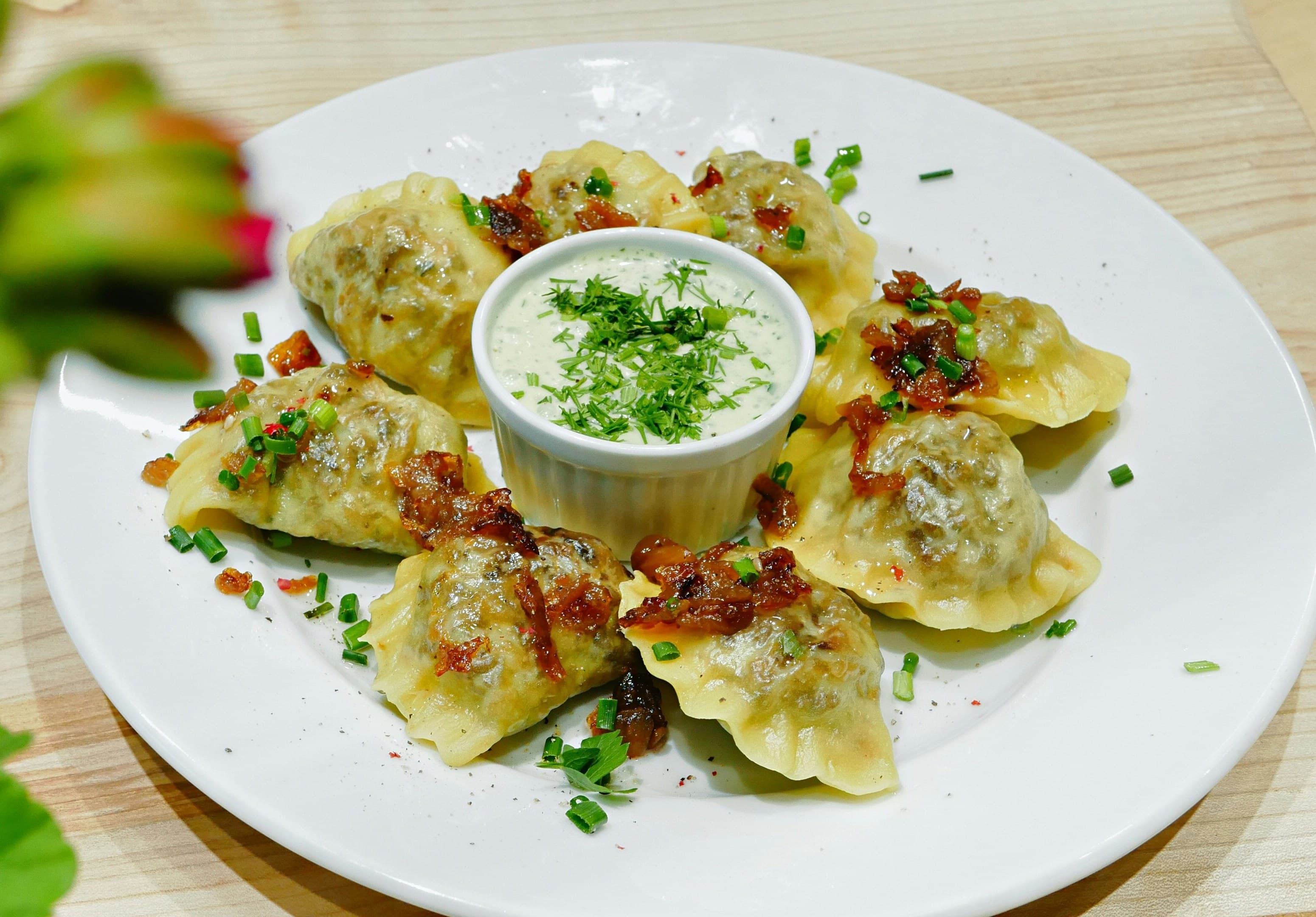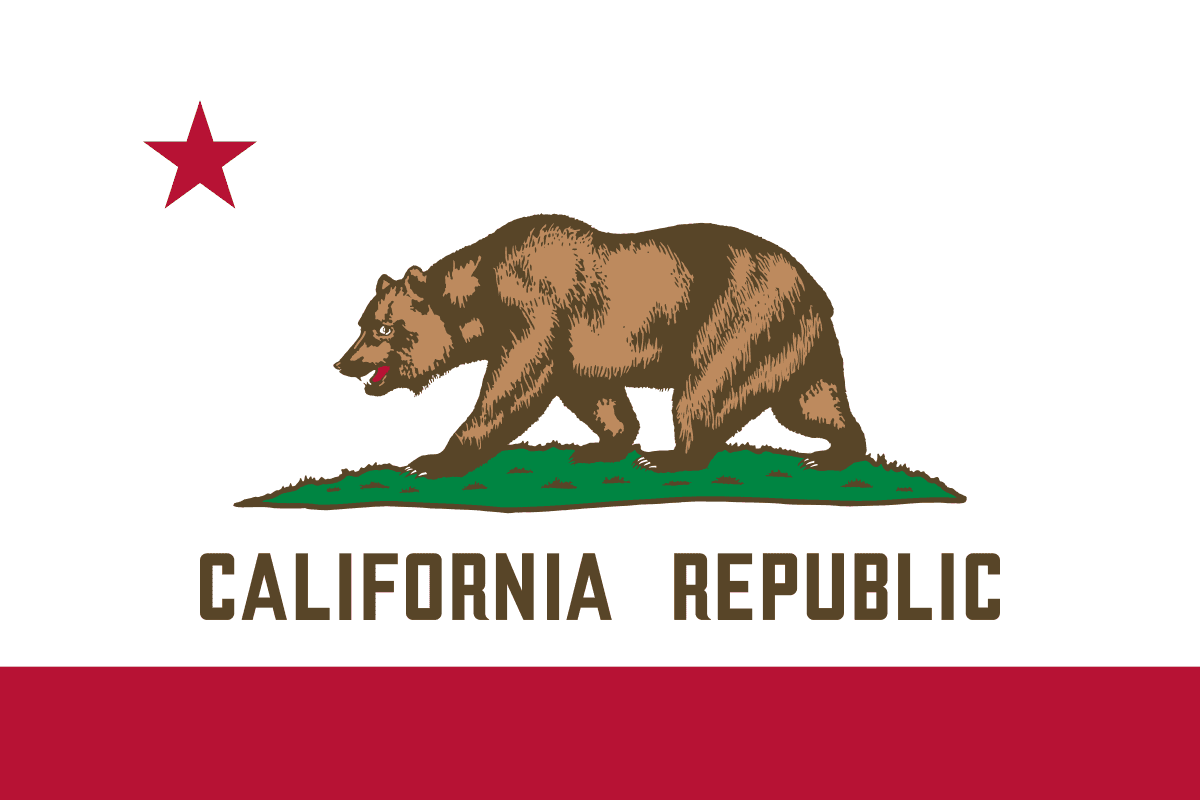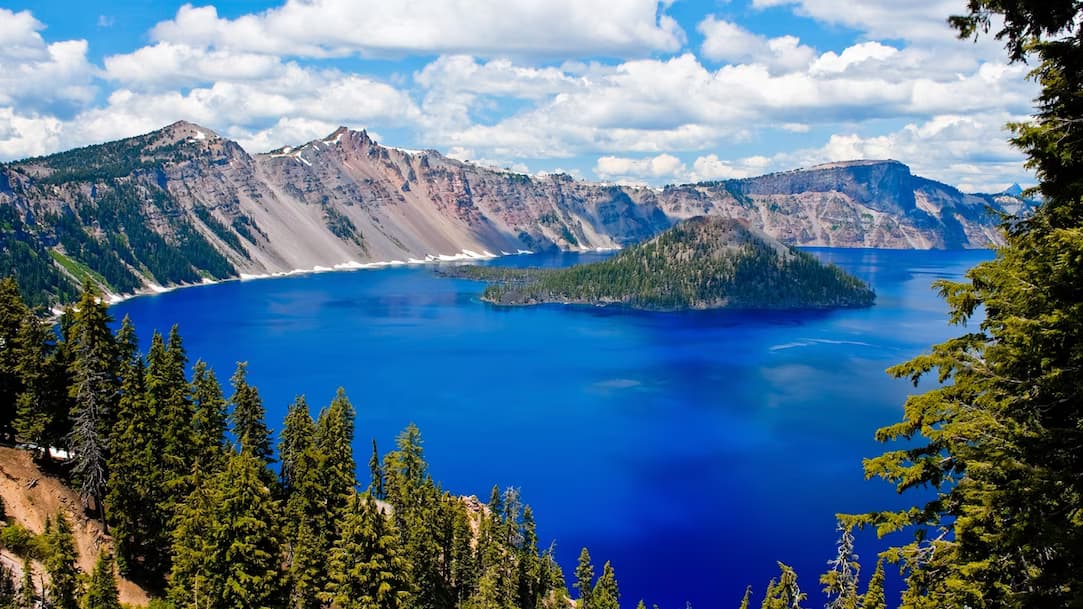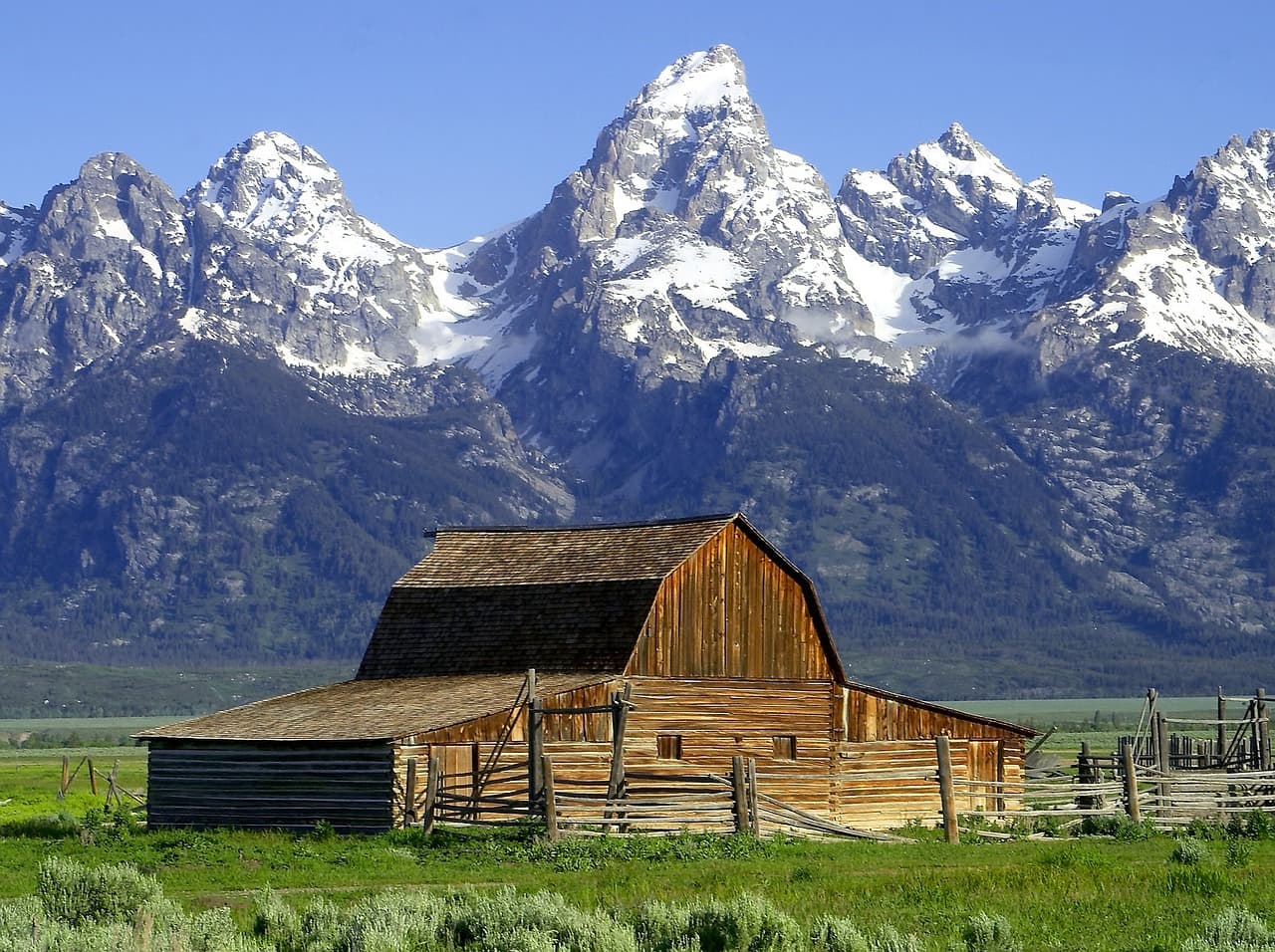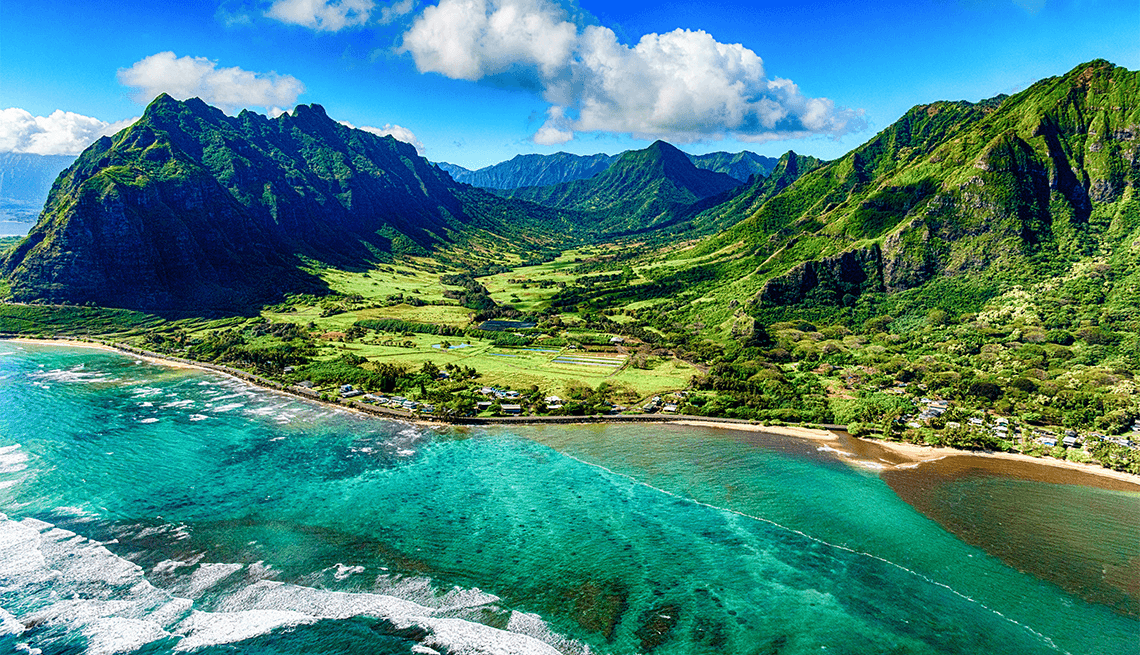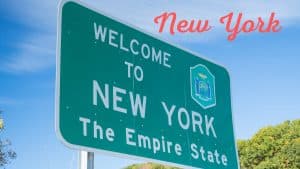Poland vs. Ireland
Poland
Poland sits in Central Europe, stretching from the Baltic Sea in the north to mountains in the south. It shares borders with Germany to the west, Lithuania and Russia to the northeast, and several other countries along the east and south. Its landscape is a mix—flat plains in the center and north, and hilly or mountainous areas in the south. The coastline along the Baltic Sea is known for sandy beaches and coastal ridges. Inland, there are thousands of lakes, especially in the northeast, and big rivers like the Vistula and Oder cut across the land. The weather is temperate. Summers are warm, winters moderately cold. Rain tends to fall more during the summer months, and winters are becoming drier over time. Poland has deep roots in European history. It became a kingdom in 1025, later forming a powerful union with Lithuania. The Polish–Lithuanian Commonwealth was once one of Europe’s biggest states, with a unique political system. Poland's fortunes shifted in the late 18th century, whe...
Ireland
Ireland is a small country with a big presence. Its capital, Dublin, is a lively city known for its mix of history, culture, and modern energy. Walk through the streets and you’ll find Georgian buildings, contemporary architecture, and plenty of places to hear live music or have a chat over a coffee—or a pint. The country has changed a lot over the past few decades. Once more rural and conservative, modern Ireland is progressive and increasingly diverse. It's known for its strong economy, driven in part by tech and finance companies that have set up shop in Dublin. But away from the business districts, life moves at a slower pace, especially in smaller towns and the countryside. Culture runs deep. Ireland has long punched above its weight in literature, music, and the arts. Writers like James Joyce and W.B. Yeats are still celebrated, but contemporary authors, filmmakers, and musicians continue to make their mark. Traditional Irish music hasn’t faded—it just sits comfortably alongsid...
Reviews
Reviewed on 1/26/2025
Reviews
| Item | Votes | Upvote |
|---|---|---|
| No pros yet, would you like to add one? | ||
| Item | Votes | Upvote |
|---|---|---|
| No cons yet, would you like to add one? | ||
| Item | Votes | Upvote |
|---|---|---|
| No pros yet, would you like to add one? | ||
| Item | Votes | Upvote |
|---|---|---|
| No cons yet, would you like to add one? | ||
Frequently Asked Questions
Ireland is known for its rich cultural heritage, beautiful landscapes, and vibrant cities. It offers attractions like the Cliffs of Moher, Dublin's historic sites, and the scenic Ring of Kerry. Poland, on the other hand, boasts a central European location with historic cities such as Krakow and Warsaw, stunning architecture, and cultural events. The choice between visiting Ireland or Poland depends on whether you prefer Ireland's natural beauty and cultural charm or Poland's historical landmarks and central European vibe.
Ireland is often referred to as a tax haven and has one of the highest GDP per capita in Europe due to its favorable corporate tax rates, attracting numerous multinational companies. Poland, while having a growing economy, does not offer the same level of tax advantages. Thus, Ireland might be considered more economically advantageous, particularly for businesses.
Poland is known for its rich history, vibrant culture, and diverse landscapes. It has a temperate climate, with warm summers and moderately cold winters. The country features a mix of flat plains, hilly areas, and mountains, along with a beautiful coastline along the Baltic Sea. Poland is also famous for its historical cities like Warsaw, Kraków, and Gdańsk, as well as its UNESCO World Heritage sites, including the Auschwitz-Birkenau memorial and the Białowieża Forest.
Main attractions in Poland include the Tatra Mountains for nature lovers, the historic centers of cities like Kraków and Gdańsk, and numerous national parks. Additionally, Poland is home to over 17 UNESCO World Heritage sites, showcasing its medieval architecture and natural beauty. The Auschwitz-Birkenau memorial is also a significant site reflecting the country's history.
Polish cuisine is hearty and flavorful, featuring dishes such as pierogi (dumplings), bigos (cabbage and meat stew), and żurek (sour rye soup). Vodka is a traditional drink, but beer and wine are also popular. The cuisine reflects the country's agricultural roots and regional diversity.
Poland has a temperate climate characterized by warm summers and moderately cold winters. Rainfall is more common during the summer months, while winters have been becoming drier over time. This climate supports a variety of outdoor activities and tourism throughout the year.
Football (soccer) is the most popular sport in Poland, with a passionate following. Other popular sports include volleyball and speedway racing. Poland also boasts top tennis players like Iga Świątek and has a strong tradition in mountaineering.
Poland's history is marked by significant events, including its establishment as a kingdom in 1025, the formation of the Polish-Lithuanian Commonwealth, and its partition in the late 18th century. After World War I, Poland regained independence, only to be invaded at the start of World War II. The country fell under Soviet influence post-war but became the first Eastern Bloc nation to break free from communism in 1989, largely due to the Solidarity movement.
Ireland is known for its rich cultural heritage, vibrant cities like Dublin, and stunning landscapes featuring green fields, dramatic coastlines, and rugged hills. The country has a strong presence in literature, music, and the arts, with famous writers such as James Joyce and W.B. Yeats. Additionally, Ireland has a growing economy driven by tech and finance, and it is recognized for its traditional Irish music and modern culinary scene.
Pros of living in Ireland include its rich cultural scene, friendly communities, and beautiful landscapes. The country has a strong economy and offers a blend of modern and traditional lifestyles. However, some cons may include the high cost of living in urban areas like Dublin and unpredictable weather, which can be rainy and damp.
The food in Ireland has evolved from its traditional meat-and-potatoes reputation to focus on fresh, local ingredients and creative cooking. While hearty stews and fresh-baked bread remain popular, there is also a growing emphasis on seafood, especially in coastal areas, and farmers' markets are common throughout the country.
Sports play a significant role in Irish life, with Gaelic games like football and hurling being uniquely Irish and deeply connected to local pride. Additionally, soccer, rugby, and golf are also widely followed and enjoyed by many.
In recent years, Ireland has undergone significant social changes, including the legalization of same-sex marriage and the easing of restrictions on abortion. The country has shifted away from the strong influence of the Catholic Church while maintaining traditional values like community and hospitality. Modern Ireland is increasingly diverse and progressive, blending old traditions with new ideas.
